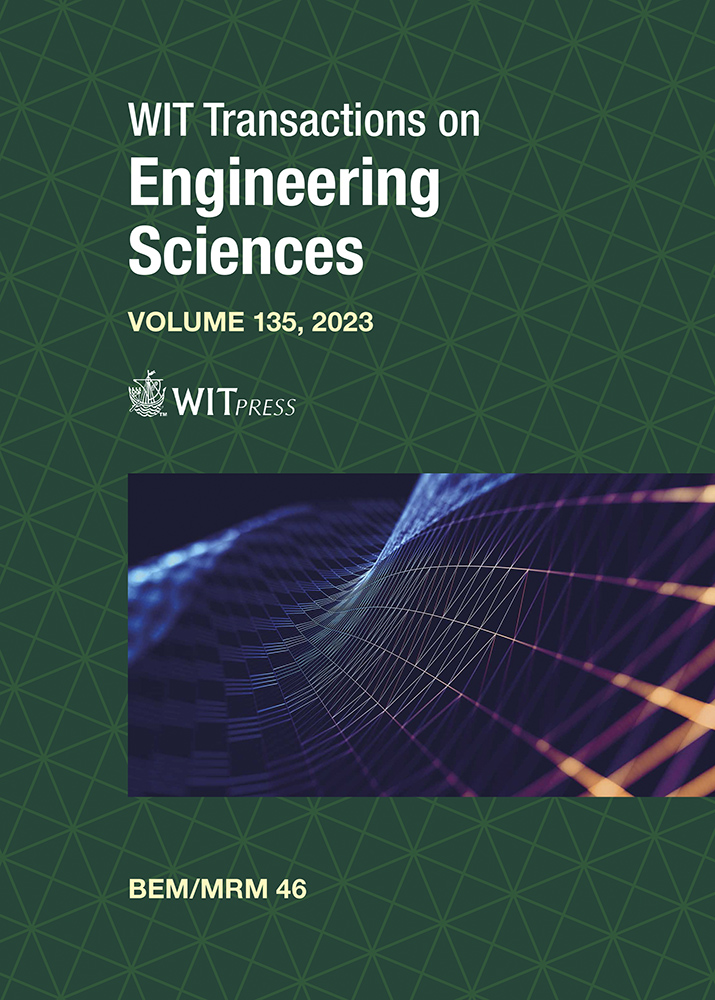BOUNDARY ELEMENT BASED DOSIMETRY METHODS FOR THE ASSESSMENT OF HUMAN EXPOSURE TO RADIATION FROM 5G MOBILE SYSTEMS
Price
Free (open access)
Transaction
Volume
135
Pages
9
Page Range
3 - 11
Published
2023
Paper DOI
10.2495/BE460011
Copyright
Author(s)
DRAGAN POLJAK
Abstract
Exposure of humans to 5G mobile communication systems may result in a local surface temperature elevation, i.e. may cause heating skin, ears and eyes. For the frequencies less than transition frequency of 6 GHz the specific absorption rate (SAR) is used to quantify the volume heating. However, according to recently published ICNIRP 2020 safety guidelines, the surface heating above 6 GHz is quantified by absorbed power density (Sab). Furthermore, an alternative dosimetric quantity referred to as transmitted power density (TPD), is also used for internal dosimetry above 6 GHz. This paper aims to review some recently developed internal dosimetry methods based on the use of Galerkin–Bubnov indirect boundary element method for the assessment of human exposure to electromagnetic fields generated by 5G mobile systems. Different tissue models have been used in the paper. Some illustrative computational results have been presented.
Keywords
human exposure, 5G mobile communication systems, electromagnetic-thermal dosimetry, absorbed power density, transmitted power density, boundary element analysis





